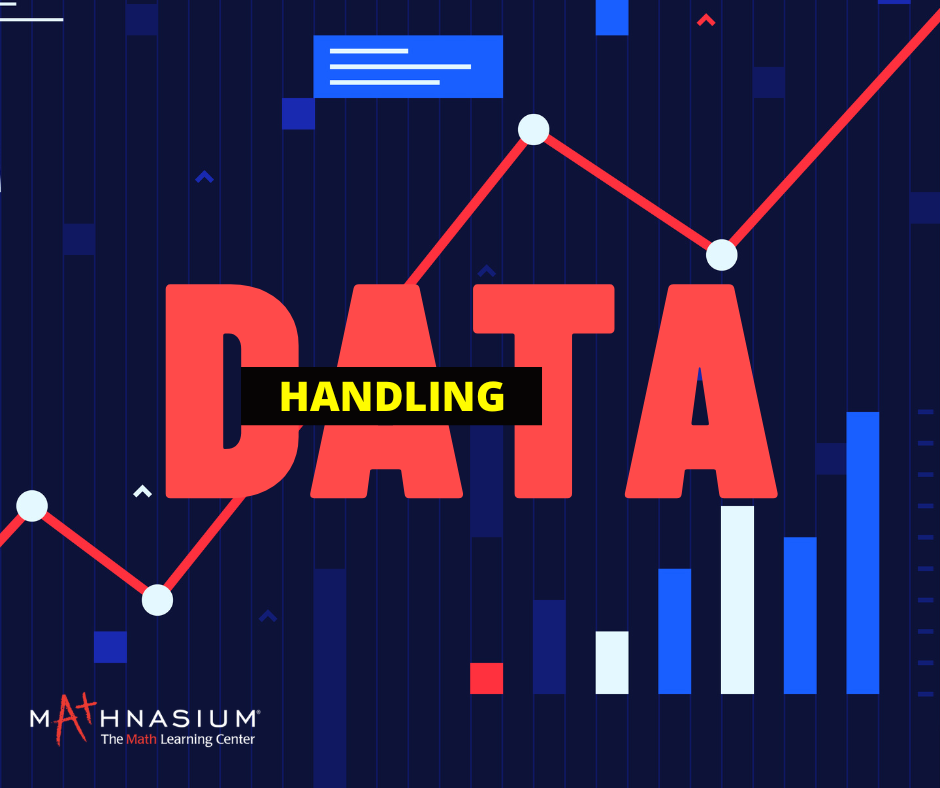In today's digital age, data is everywhere. From the number of likes on your favorite social media post to the temperature outside, data surrounds us. For students, understanding how to handle and interpret data is a crucial skill that will serve them well in their academic journey and beyond. In this blog, we'll explore the basics of data handling, including what data is, how it's collected, and the various ways it can be represented and analyzed.
What is Data?
Data can be defined as a collection of facts, figures, or information that can be used for reference, analysis, or calculation. It can come in many forms, including numbers, words, images, and more. Data can be collected from various sources such as surveys, experiments, sensors, or even everyday observations.
Collecting Data
Data collection is the process of gathering information for analysis and interpretation. It's essential to ensure that data collection methods are reliable and accurate to obtain meaningful results. For example, if you're conducting a survey, make sure your questions are clear and unbiased to get honest responses from participants.
Types of Data
Data can be classified into two main types: qualitative and quantitative.
Qualitative Data: This type of data describes qualities or characteristics and cannot be measured numerically. Examples include colors, emotions, and opinions.
Quantitative Data: Quantitative data, on the other hand, consists of numerical measurements or counts. It can be further divided into discrete data (countable) and continuous data (measurable). Examples include heights, temperatures, and scores.
Representing Data
Once data is collected, it needs to be organized and represented in a meaningful way for analysis. Common methods of representing data include:
Tables: Tables are useful for organizing raw data into rows and columns, making it easy to read and compare values.
Graphs and Charts: Graphs and charts visually represent data, making it easier to identify patterns and trends. Common types of graphs include bar graphs, line graphs, and pie charts.
Analyzing Data
Data analysis involves examining, cleaning, transforming, and interpreting data to extract useful information and insights. Various statistical techniques can be used to analyze data, depending on the type of data and the research objectives. Some common methods include mean, median, mode, range, and standard deviation.
In conclusion, data handling is an essential skill that students should develop. By understanding the basics of data collection, representation, and analysis, students can make informed decisions, solve problems, and communicate effectively in various subjects, including mathematics, science, and social studies. As they continue their academic journey and enter the workforce, the ability to handle data will be increasingly valuable in an increasingly data-driven world. So, embrace the data around you, and let's embark on an exciting journey of discovery and learning!



 (516) 484-6284
(516) 484-6284







